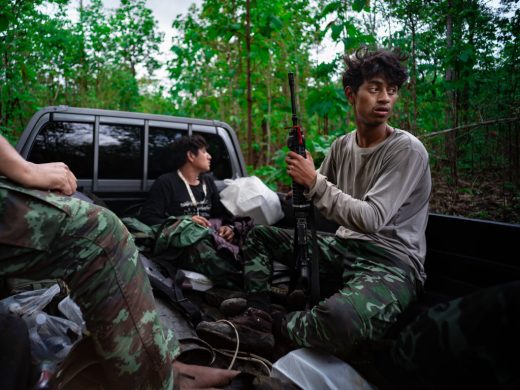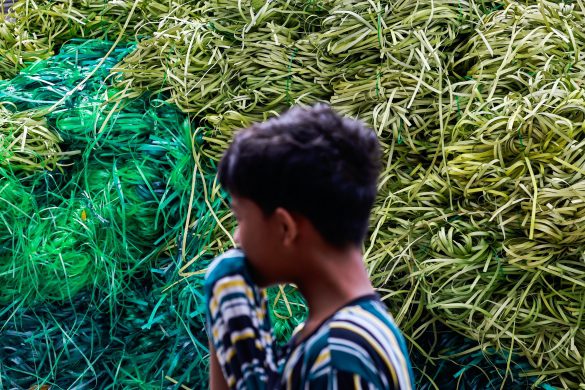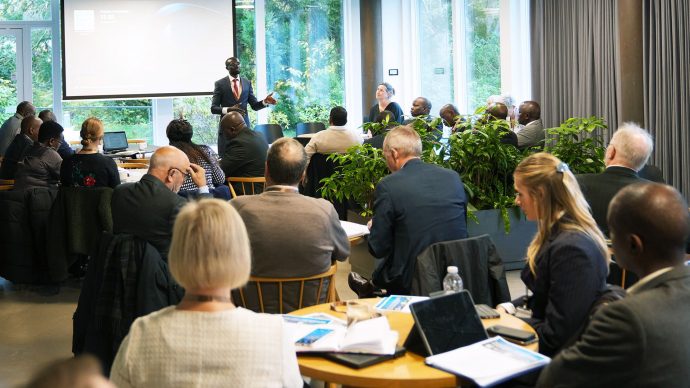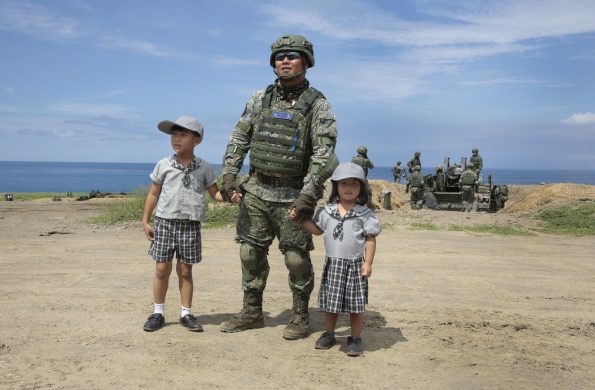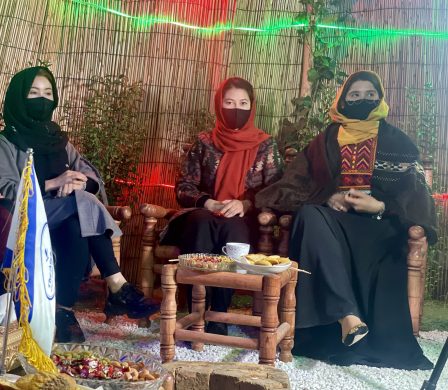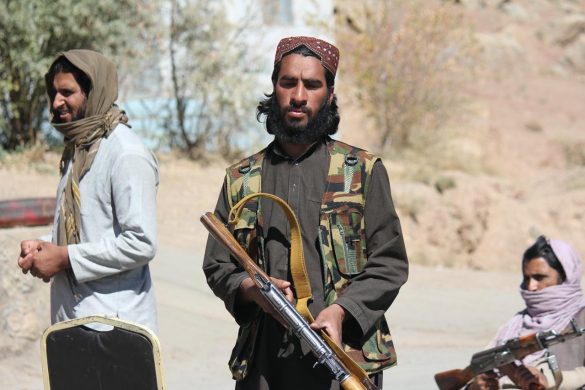BANDARAGAMA, 31 August 2009 (IRIN) – Years ago, the loft above Kulasena Perera’s bedroom was a storeroom for rice. Now, huge wicker baskets that once held the harvests are abandoned, testament to the years the fields have not been farmed.
“All these baskets used to be full of husked rice,” he said, “but I had to stop farming because the floods got worse.”
The flood-prone Bandaragama area in southwestern Kalutara Distict where Kulasena lives comprises more than 1,000ha in unused rice paddies.
Water from the nearby Kalu River regularly inundates the fields, ruining the harvest.
Besides the quantities of water that seasonal monsoon rains dump on the land, erratic weather patterns in recent years have seen fields, roads and houses regularly under water. Farmers turned to other ways of making a living.
Help for farmers
But growing the island’s staple food has usually been a profitable, if labour-intensive, occupation and some of Bandaragama’s farmers are making their way back to the fields.
An initiative of the UN Development Programme (UNDP) has linked three state agencies together to help the farmers back on their feet.
The first step was to clean canals choked for decades with silt and weeds to improve water drainage; then flood-resistant rice varieties were distributed and advice on the latest agricultural practices given to farmers.
“We used to wade in waist-high water when it rained. We don’t have that problem now, but there are more canals that have to be cleaned,” said Kulasena, showing off a plot of lush green paddy shoots he cultivated with a resilient grain variety. About US$10,000 has been spent on scouring two canals in Bandaragama, reducing flooding by about 90 percent.
Fellow farmer Lionel Perera, also in the fields after a lapse of many years, watched as a water pump noisily poured water into his field. “When it rained, you couldn’t tell where the canal started and the field ended,” he said.
He plans to bring in tractors to plough a part of his land to have it ready for the next crop.
New technology
The UNDP project links the government’s Agriculture Ministry, Rice Research and Development Institute and the Disaster Management Centre in a partnership aimed at improving local income levels, increasing food production and weathering the effects of climate change.
When the project began in April, immediate challenges included clearing fields engulfed by weeds, finding and paying for labour to work in the fields and providing the impoverished cultivators with material assistance in the form of sprayers, pesticides and fertiliser.
“What we want to do is alleviate poverty and support the national food production drive by bringing abandoned paddy lands back under cultivation. This is being done by introducing the farmers to new technology and best agricultural practices,” Ananda Mallawatantri, UNDP’s Assistant Resident Representative, told IRIN.
Mallawatantri also observed that global warming had not only raised the threat of rising sea levels for Sri Lanka, but also resulted in less rainfall in the drier regions, which has made the soil more saline and difficult to farm, and brought more rain to the wet zones, which has increased floods and landslides.
Persuading the local residents to return to the land fell to the chief priest of the main Buddhist temple in the area and Janaka Gamage of UNDP. “It took us some time to convince them that they could return to growing rice,” said Gamage. “Even now, we go into the fields to talk to them and hold meetings.”
Planting advice
So far, some 400kg of seed paddy have been distributed to 27 farmers in the project’s first phase. Developing water-resistant varieties includes not only testing locally available types of rice, but also drawing on strains developed in flood-prone, rice-growing countries such as Vietnam, Thailand, Bangladesh and India, said Sarathchandra Wanigasuriya, principal scientist at a regional office of the Rice Research and Development Institute, the Agriculture Research Station in the southwestern town of Bentota.
“The varieties are carefully chosen for the time the grain takes to ripen so that the harvest can be reaped well before the major flooding seasons,” Wanigasuriya told IRIN.
Besides supplying the initial starter seed paddy and agro-chemicals, Wanigasuriya and his officers provide valuable advice on planting techniques, weed control and harvesting times.
The next phase of the project will see vegetables introduced as cash crops and more flood mitigation methods used to protect the rice fields.





